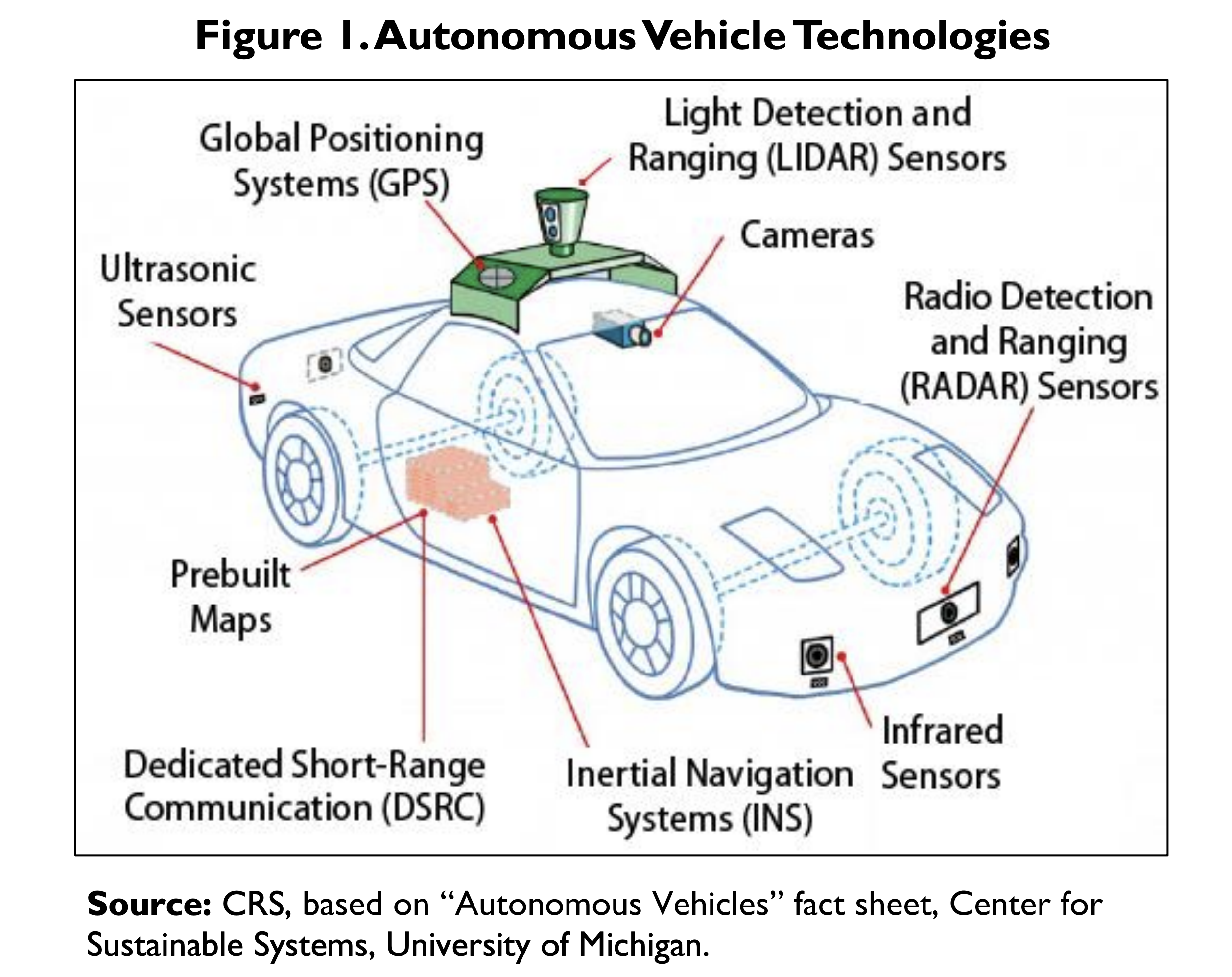Intel's Mobileye is putting its robotaxis to the test in Paris traffic as it tries to convince regulators and the public of the technology's benefits https://t.co/ZitNNmltZu
— Bloomberg (@business) December 16, 2021
While fully autonomous vehicles may lie well in the future, a range of new technologies is already improving vehicle performance and safety while bringing automation to vehicular functions once performed only by the driver. Vehicles sold today are in levels 1 and 2 of SAE’s automation rating system. The market-ready autonomous vehicles at level 3 will be most likely available in a few years, deployment of fully autonomous vehicles at level 5 appears to be more distant, except perhaps within closed systems that allow fully autonomous vehicles to operate without encountering other types of vehicles. Testing and development of autonomous vehicles continue in many states and cities.

Technologies that could guide an autonomous vehicle include a wide variety of electronic sensors that would determine the distance between the vehicle and obstacles; park the vehicle; use GPS, inertial navigation, and a system of built-in maps to guide the vehicle’s direction and location; and employ cameras that provide 360-degree views around the vehicle. To successfully navigate roadways, an autonomous vehicle’s computers, sensors and cameras will need to accomplish four tasks that a human driver undertakes automatically: detect objects in the vehicle’s path; classify those objects as to their likely makeup (e.g., plastic bag in the wind, a pedestrian or a moving bicycle); predict the likely path of the object; and plan an appropriate response. Most autonomous vehicles use dedicated short-range communication (DSRC) to monitor road conditions, congestion, crashes, and possible rerouting. As 5G wireless communications infrastructure is installed more widely, DSRC may evolve and become integrated with it, enabling vehicles to offer greater interoperability, bandwidth, and cybersecurity. Some versions of these autonomous vehicle technologies, such as GPS and rearfacing cameras, are being offered on vehicles currently on the market, while manufacturers are studying how to add others to safely transport passengers without drivers.
Manufacturers of conventional vehicles, such as General Motors and Honda, are competing in this space with autonomous vehicle “developers” such as Alphabet’s Waymo. In addition, automakers are aligning themselves with new partners that have experience with ride-sharing and artificial intelligence:
- Ford and Volkswagen have announced that they expect to use autonomous
vehicle technology in a new ride-sharing service in Pittsburgh, PA, as early as
2021; - GM acquired Cruise Automation, a company that is developing self-driving
technology for Level 4 and 5 vehicles. GM has also invested $500 million in the
Lyft ride-sharing service; - Honda, after breaking off talks about partnering with Waymo, purchased a stake
in GM’s Cruise Automation; - Volvo and Daimler have announced partnerships with ride-sharing service Uber;
and - BMW partnered with the Mobileye division of Intel, a semiconductor
manufacturer, to design autonomous vehicle software. - Autonomous low-speed vehicles are gaining traction pretty fast – Robotic Research, LLC and Idriverplus.